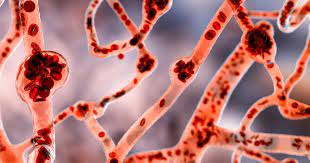Sydney, Aug 5 (IANS) In a breakthrough, a team of Australian scientists has developed a fast, inexpensive and scalable method for engineering blood vessels from natural tissue.
By combining multiple materials and fabrication technologies, the team from University of Melbourne developed the method to create blood vessels with complex geometries like native blood vessels.
Blood vessels serve an important function in sustaining life, by carrying oxygen-rich blood and essential nutrients to all parts of the body while removing toxic products. Illness and dysfunction in blood vessels, on the other hand, can result in life-threatening disorders such as heart attacks, strokes and aneurysms, making cardiovascular disease the number one killer globally.
According to Professor Andrea O’Connor, from the Department of Biomedical Engineering, the research is an exciting step in scientists’ ability to engineer human blood vessels.
“We are now able to rapidly and cheaply manufacture blood vessels using living tissue that has appropriate mechanical properties and mimics the cellular orientation of the innermost layer of blood vessels.
“While the engineered blood vessels are not yet ready for bypass surgery, the findings mark a significant advancement in the field of tissue engineering,” O’Connor said, in the paper published in the journal ACS Applied Materials and Interfaces.
The tissue-engineered blood vessels are made from human cells and tissues. These created vessels have the potential to treat cardiovascular illness, as well as construct built-in blood supply for larger tissue creations.
Associate Professor Heath said researchers around the world have been trying to perfect blood vessel tissue engineering for many years.
“Current methods are slow, require specialised and expensive equipment like bioreactors, and are low throughput — meaning it’s difficult to provide the needed supply of engineered vessels,” Associate Professor Heath said.
“By combining multiple materials and fabrication technologies, our method brings us closer to a future where engineered blood vessels will become a transformative solution for cardiovascular disease, especially for those patients who lack suitable donor vessels.”
–IANS
rvt/uk


Comments are closed.